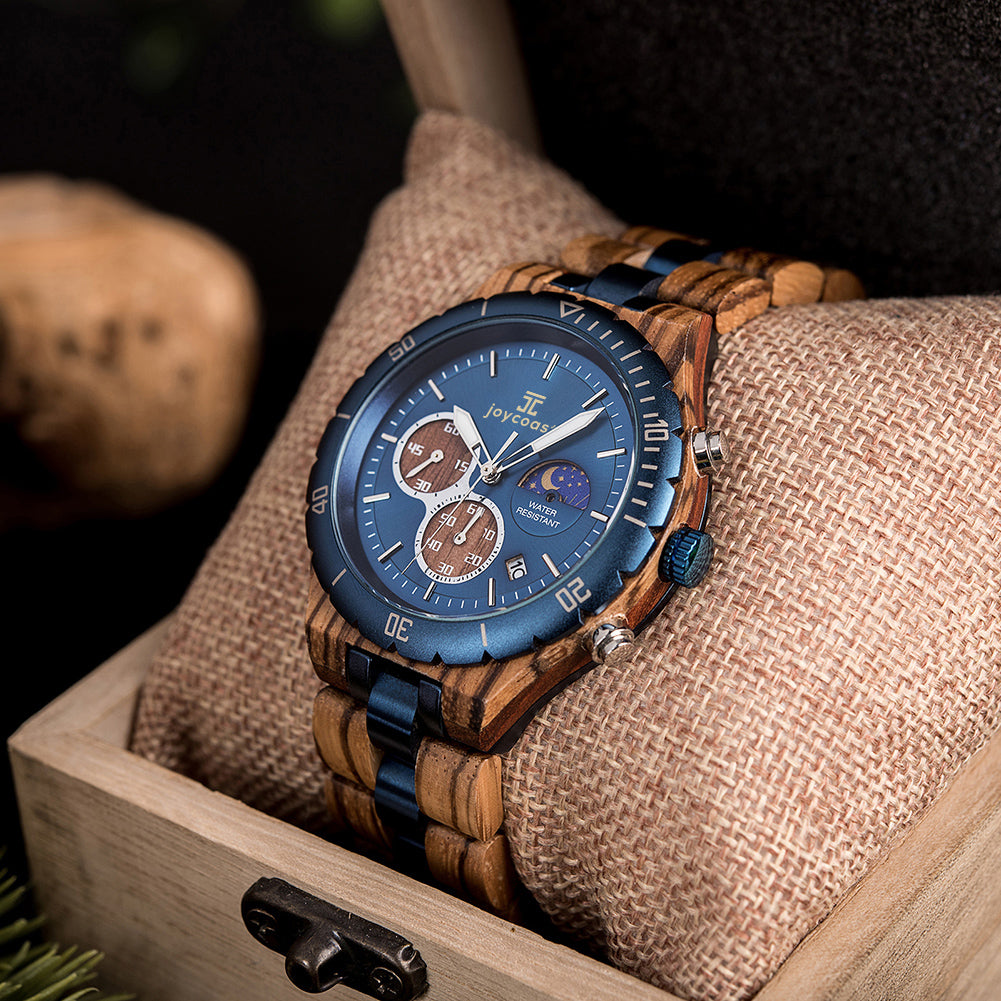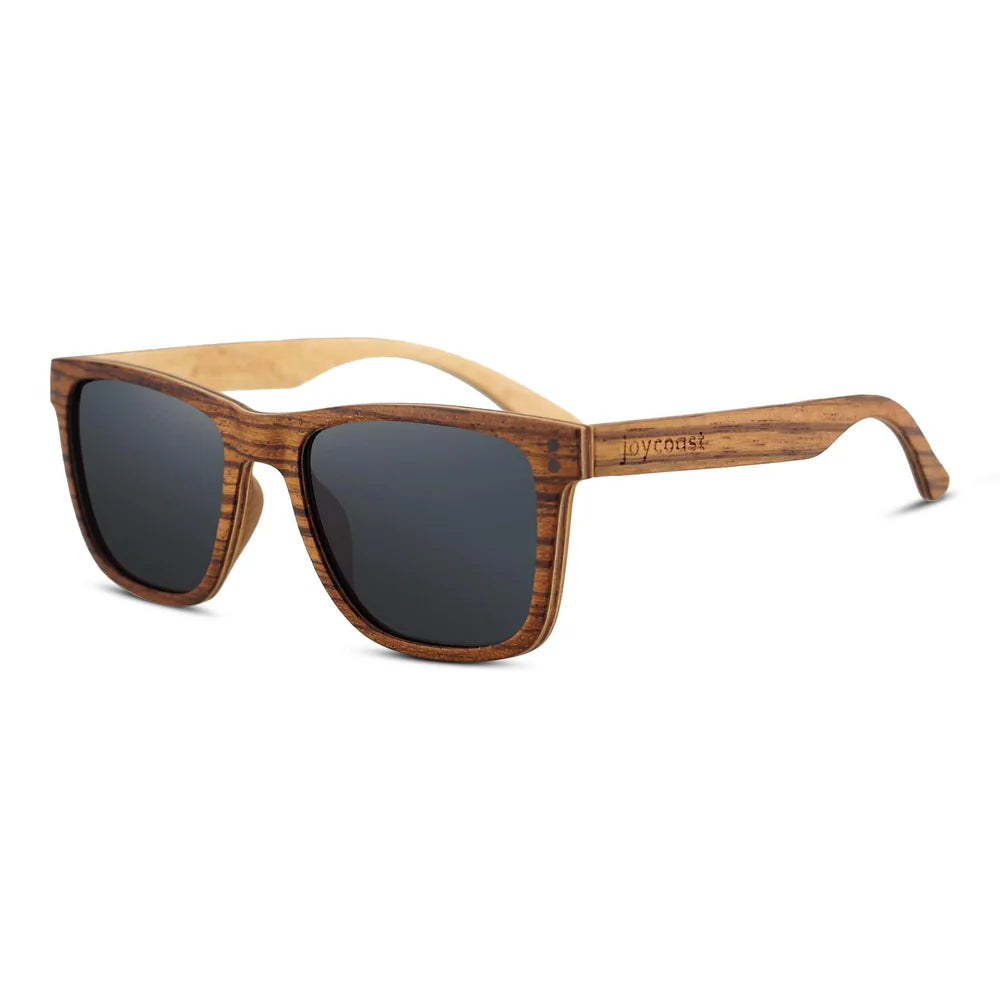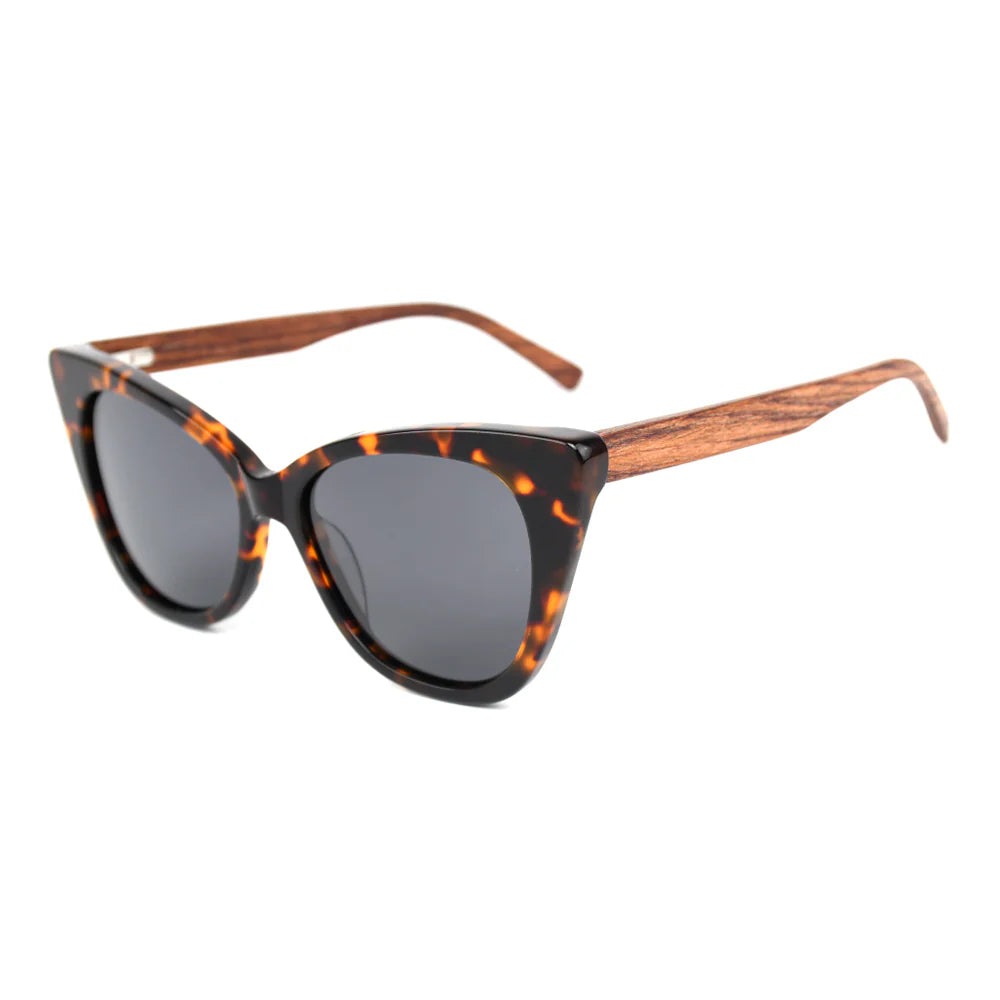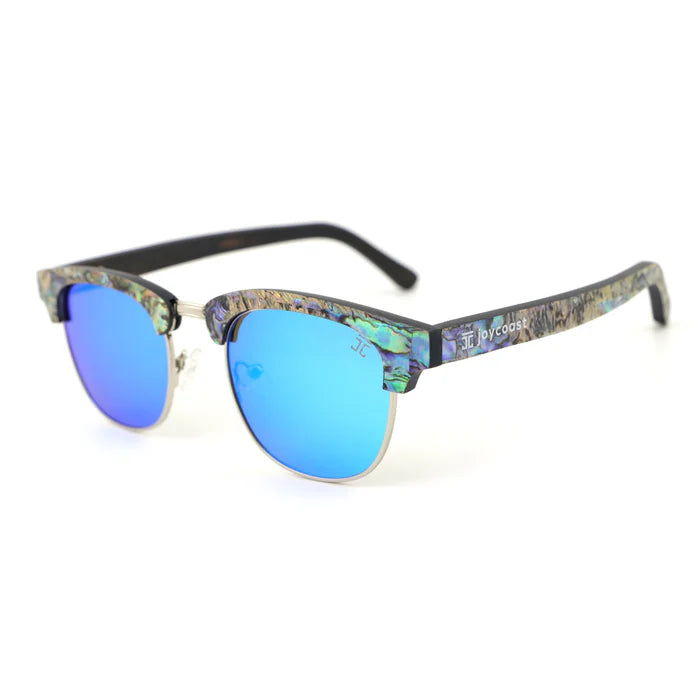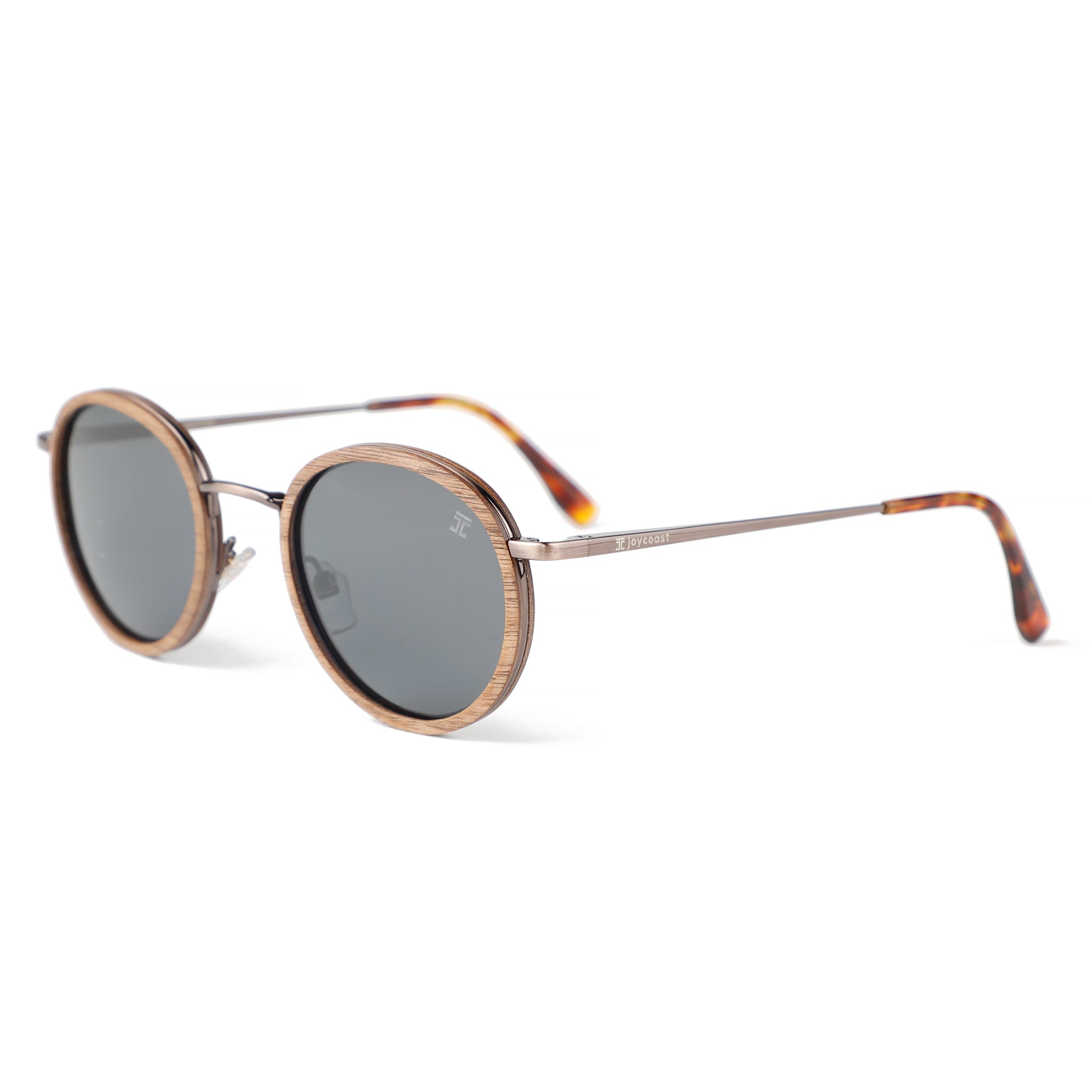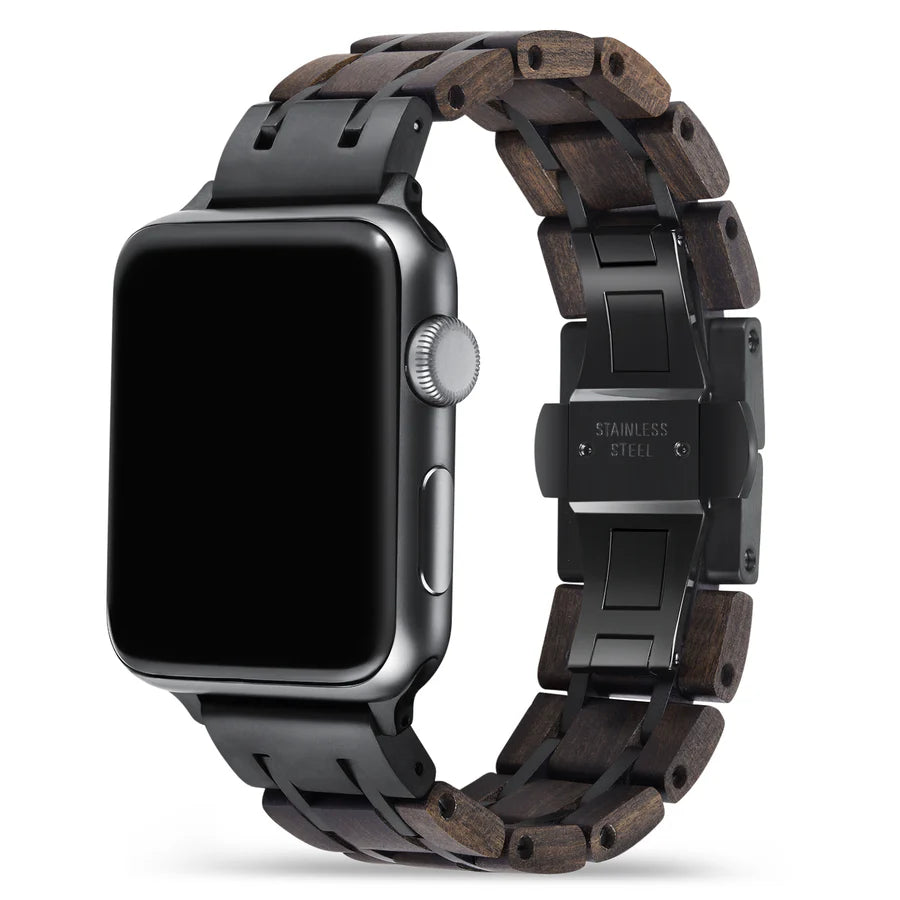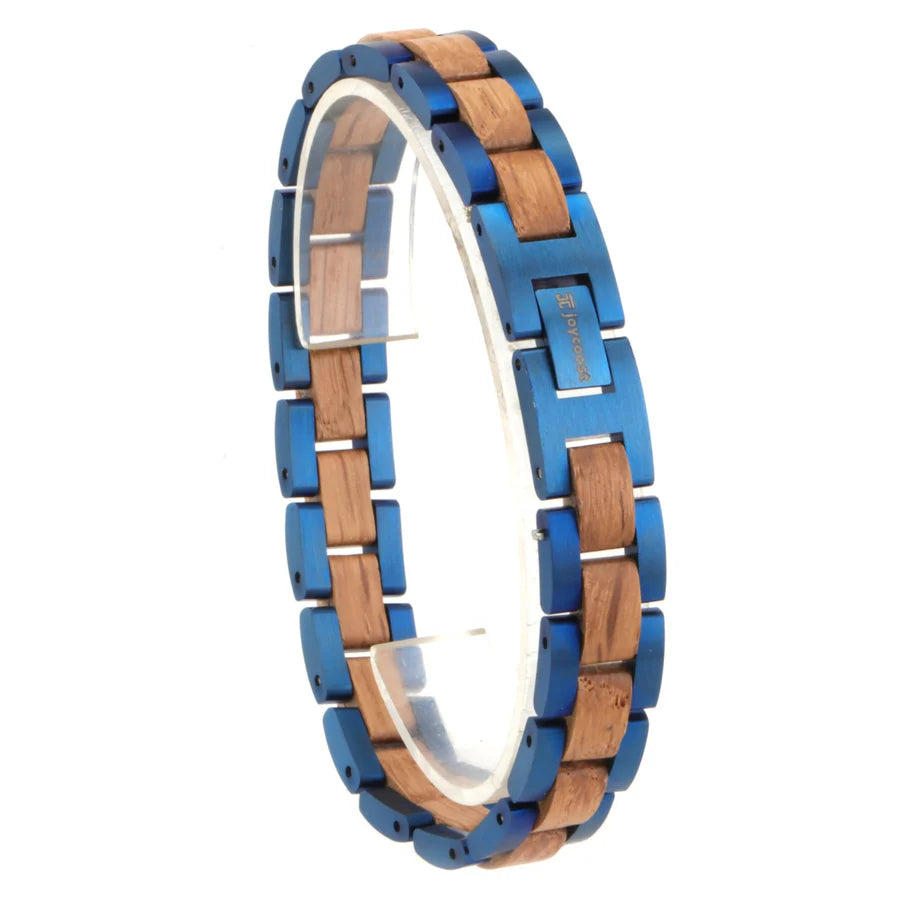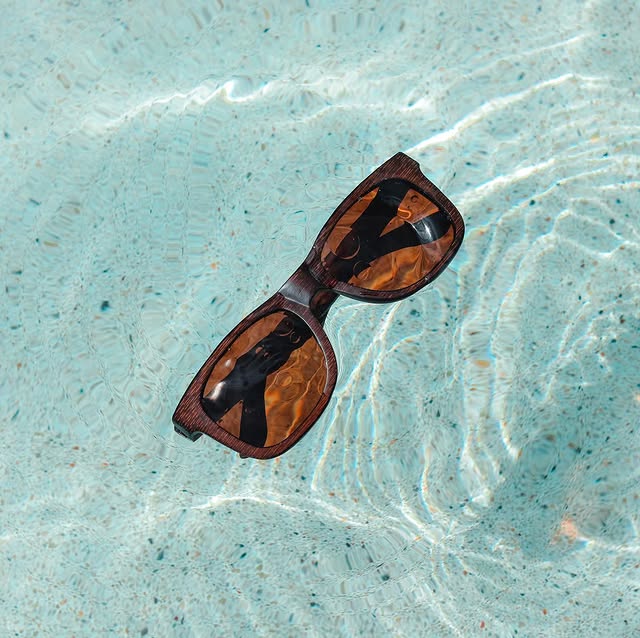Polarized lenses are a game-changer for anyone dealing with glare, whether you’re an outdoor enthusiast, driver, or simply enjoying a sunny day. Designed to filter out horizontal light waves that cause glare, they provide a sharper, more comfortable visual experience. This guide breaks down their benefits, uses, and how to choose the right pair.
Top Benefits of Polarized Lenses
1. Enhanced Vision in Glare-Prone Environments
Polarized lenses cut through glare from water, snow, roads, and metal, making outdoor activities like fishing, hiking, or skiing clearer and safer.
2. Sharper Visual Clarity
Enjoy vibrant colors and improved contrast for a more enjoyable view of your surroundings. Whether navigating rugged terrain or tracking a golf ball on a sunny day, polarized lenses help you see the finer details.
3. Reduced Eye Strain and Fatigue
Prolonged glare exposure can strain your eyes and cause headaches. Polarized lenses reduce this discomfort, making long drives, hikes, or beach days more comfortable.
4. Increased Driving Safety
Polarized lenses improve visibility by cutting through harsh reflections from wet roads, windshields, and other cars, making roads safer to navigate.
5. Protection from Harmful UV Rays
Many polarized lenses also block UV-A and UV-B rays, protecting your eyes from conditions like cataracts and macular degeneration.
6. Optimal for Water and Snow Sports
Glare from water and snow can hinder visibility. Polarized lenses are essential for fishing, kayaking, skiing, or paddleboarding, helping adventurers perform better and stay safe.
 Who Benefits Most From Polarized Lenses?
Who Benefits Most From Polarized Lenses?
1. Outdoor Enthusiasts
Hikers, climbers, and skiers can enjoy stunning landscapes without glare obstructing their view.
2. Drivers
Reduces dangerous glare from reflective surfaces like wet roads, making polarized lenses essential for long drives or daily commutes.
3. Water Sports Lovers
Polarized lenses enhance visibility both above and below the water, making them ideal for fishing, sailing, or kayaking.
4. Fashion Lovers
Modern polarized sunglasses combine function and style, making them perfect for those who want to look great while staying protected.
Considerations Before Buying Polarized Lenses
1. Screen Visibility
Polarized lenses can make screens like GPS devices or phone displays harder to see, so they may not be ideal for heavy screen use outdoors.
2. Not for Night Driving
Polarized lenses reduce overall light, making them unsuitable for low-light conditions.
3. Quality Matters
Invest in high-quality polarized lenses for reliable glare reduction and UV protection. Look for certifications like ANSI standards.

How to Choose the Right Polarized Lenses
1. Consider Your Lifestyle
Choose durable, shatter-resistant lenses for active outdoor activities and stylish frames for casual wear.
2. Lens Colors Matter
• Gray: Great for general use, preserving natural colors.
• Amber/Brown: Enhances contrast, ideal for sports and fishing.
• Green: Balanced glare reduction and color accuracy.
3. Test Before Buying
Try lenses in various light conditions to gauge their effectiveness in reducing glare.
Caring for Your Polarized Sunglasses
• Use a microfiber cloth and lens-cleaning solution to avoid scratches.
• Always store them in a protective case when not in use.
• Avoid leaving them in extreme heat to preserve the lens coating.
FAQ
Do polarized lenses block blue light?
While polarized lenses reduce glare, they don’t specifically block blue light unless combined with a blue-light filter.
Are polarized lenses worth it?
Yes! They enhance visual clarity, reduce glare, and protect your eyes from strain, making them a valuable investment.
What is the best color polarized lens for fishing?
Amber and copper lenses are ideal for fishing as they enhance contrast in water.
What is the best color polarized lens for driving?
Gray is the go-to color for driving, as it reduces glare while preserving natural colors.
Is it possible to have clear polarized lenses?
Completely clear polarized lenses aren’t common, but lightly tinted options exist for certain environments.
How can you tell if lenses are polarized?
Look through the lenses at a reflective surface and tilt your head. If the glare reduces or changes, the lenses are polarized.
Why were polarized lenses invented?
Polarized lenses were created to combat glare, offering better vision and comfort for outdoor and glare-heavy environments.
Transform Your View with Polarized Lenses
Polarized lenses are more than a stylish accessory—they improve clarity, reduce glare, and protect your eyes, making every outdoor experience safer and more enjoyable. From hiking trails to daily commutes, they’re a must-have for anyone exposed to bright, reflective environments.
Ready to see the world differently? Check out Joycoast's Polarized Wooden Sunglasses, designed for your lifestyle today!

